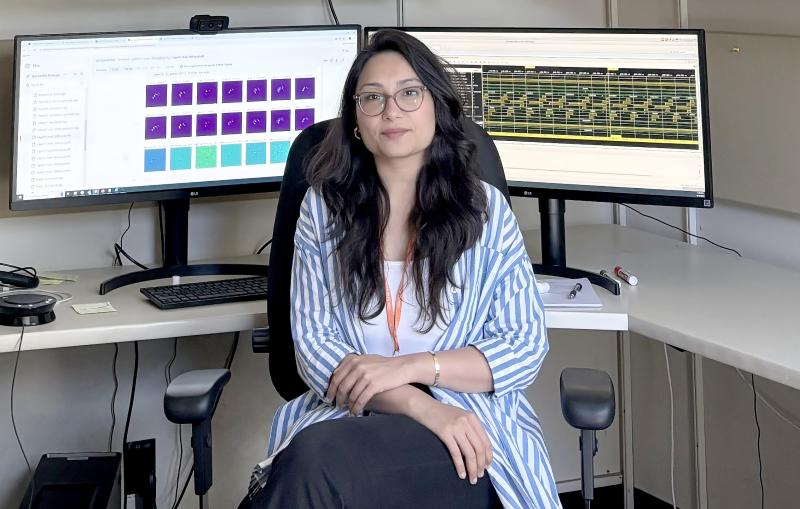
SLAC topics
Science news
The latest news about SLAC research, science programs, facilities and people.
More on our News Center and Media Resources pages
Browse tagged content

The latest news about SLAC research, science programs, facilities and people.
More on our News Center and Media Resources pages
